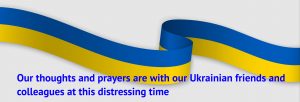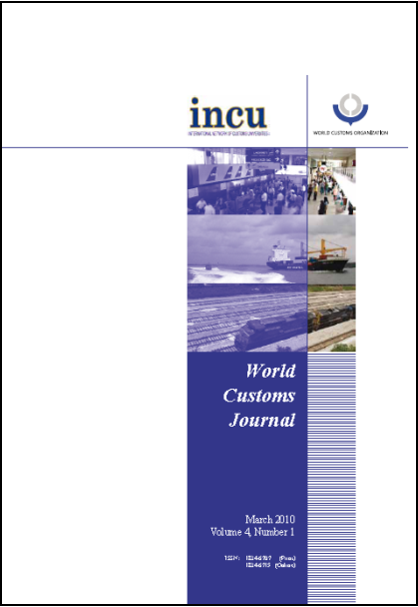Notice
Dear Readers
For the first six months following the release of each new edition, the World Customs Journal will be available exclusively to Members of the International Network of Customs Universities (INCU) in the Members-only area of the INCU website. After six months, the Journal will be made available to the general public. All past editions are available to the public on this website.
For information about membership options please visit the INCU website.
Editorial

Prof. David Widdowson AM (Editor-in-Chief)
On 1 January this year, Mr Ian Saunders took up the position of Secretary General of the World Customs Organization (WCO), having spent most of his career with US Customs and Border Protection (CBP). Mr Saunders brings a wealth of experience to the role, and is already demonstrating his commitment to providing pragmatic, accountable leadership, including an ambition to refocus on the core business of the organisation and to capitalise on the opportunities presented by fostering relationships with other organisations.
In announcing the WCO’s theme for 2024, ‘Customs Engaging Traditional and New Partners with Purpose’, Mr Saunders emphasised the importance of both strengthening existing relationships and seeking new, diverse contacts to enhance the work of the WCO and amplify its impact. Such a call to action is to be applauded and many see Mr Saunder’s appointment to the position of Secretary General as an ideal opportunity to reaffirm and reinvigorate longstanding partnership arrangements, including the MOU between the WCO and the International Network of Customs Universities (INCU).
It is hoped that, under the leadership of Mr Saunders, the WCO will continue to build on the suite of international instruments that have supported customs administrations around the world in addressing the considerable challenges of a rapidly changing trading environment. The last such instrument of real significance was the SAFE Framework of Standards to Secure and Facilitate Global Trade (SAFE Framework), which was adopted by the WCO Council in June 2005.
While several less consequential programs have been progressed in the intervening period, there is an urgent need to address contemporary issues, including the exponential rate of growth in e-commerce and the associated revolution in supply chain models that traditional regulatory approaches are unable to effectively control.
The World Customs Journal Editorial Board congratulates Mr Saunders on his appointment to the position of Secretary General. We very much value our partnership with the WCO and look forward to working with him in the years ahead as we continue to raise the academic standing of the customs profession through the development and promotion of educational programs and by providing academic and applied research to support strategic decision-making.



